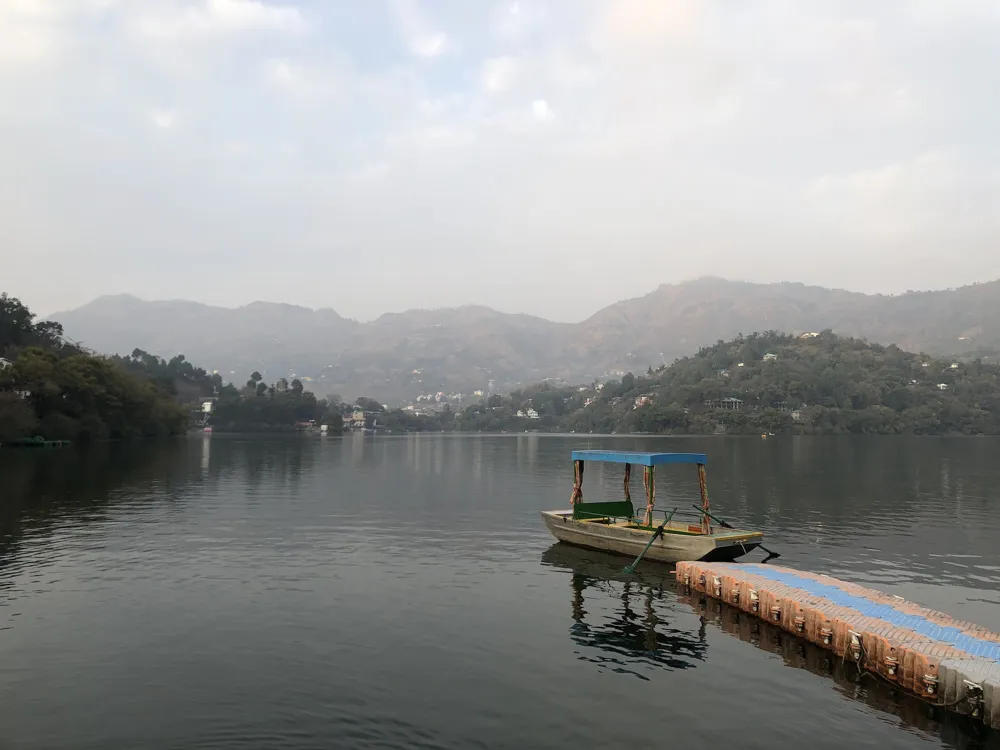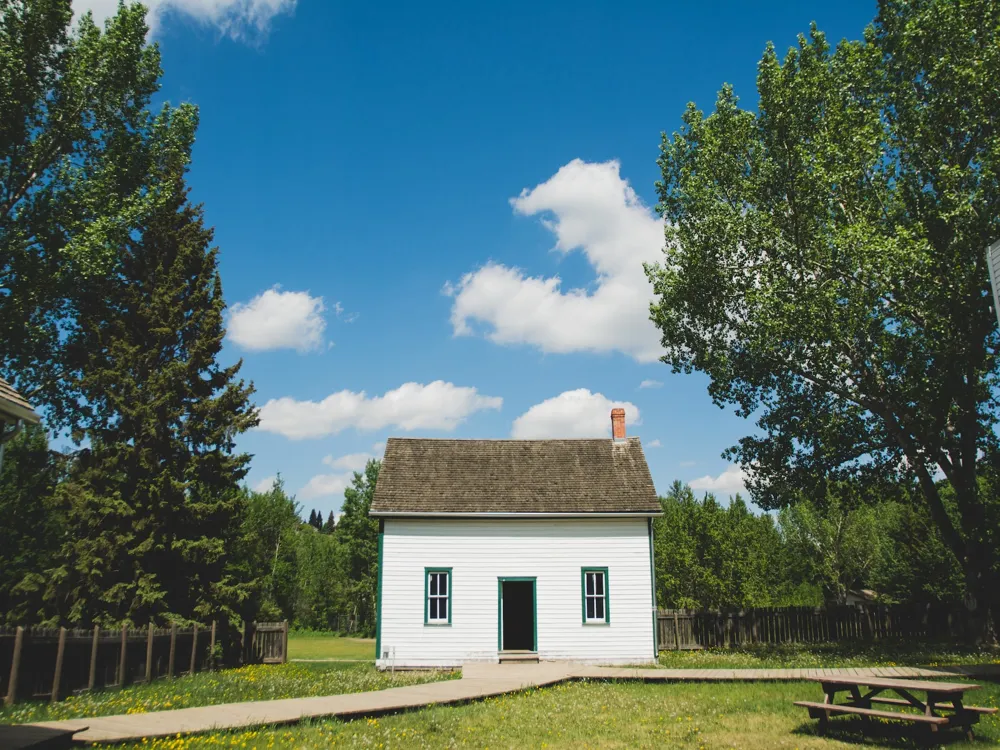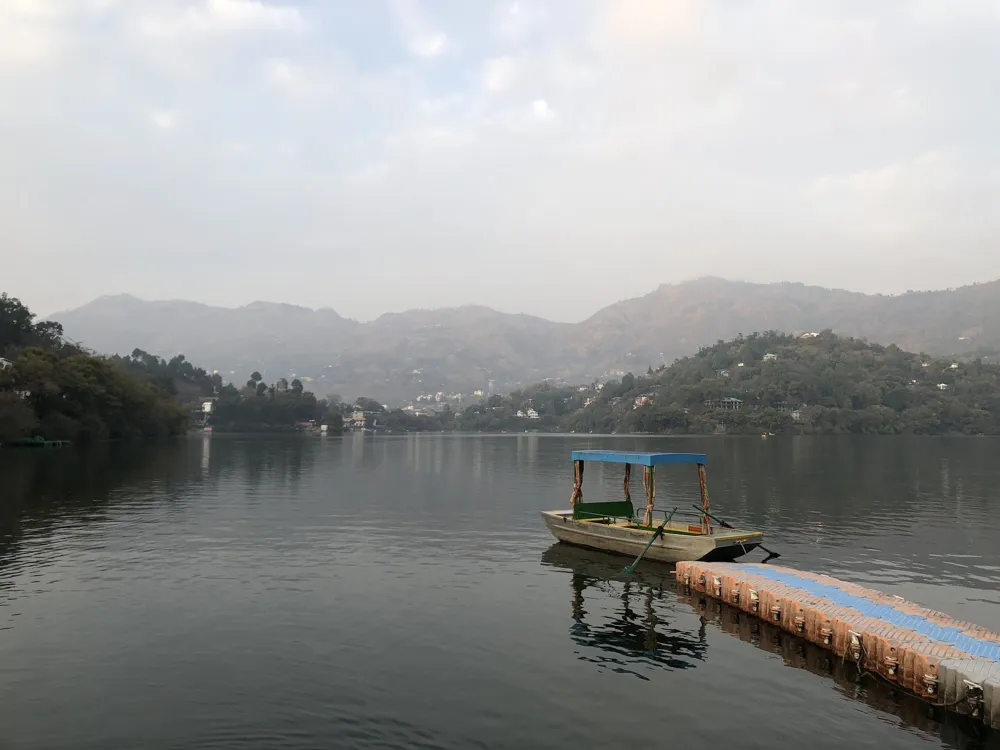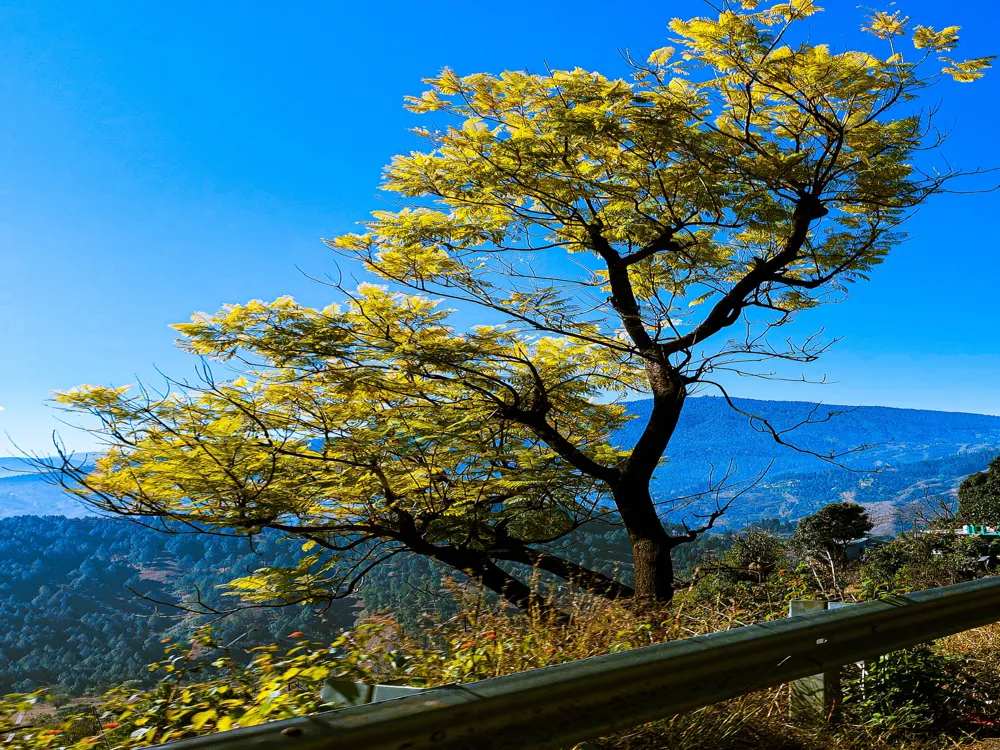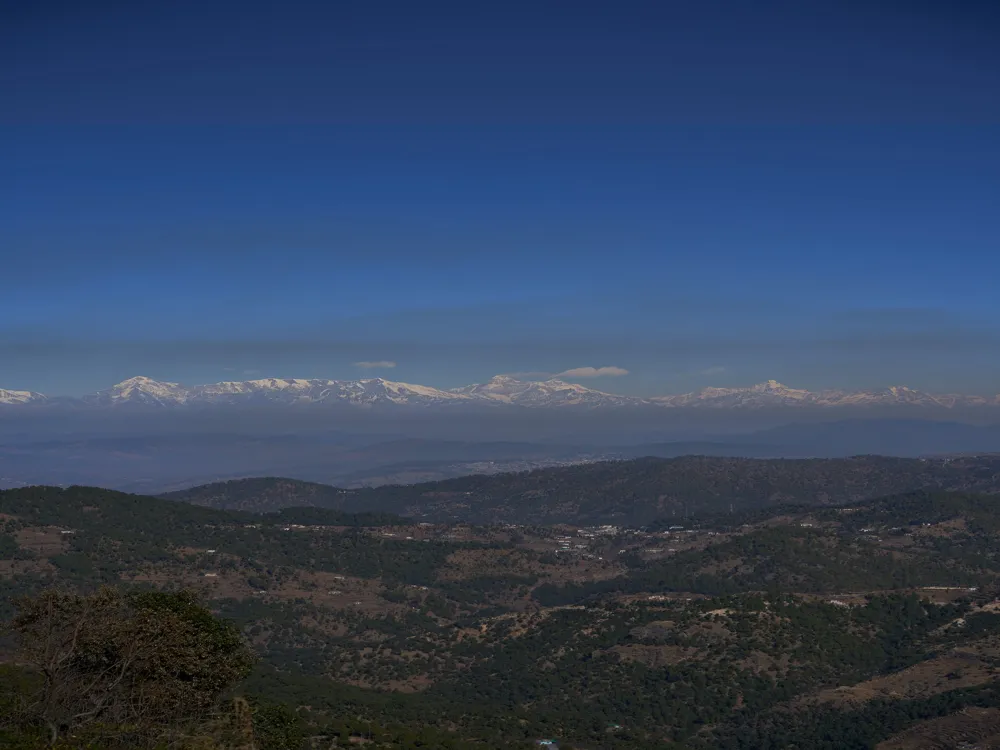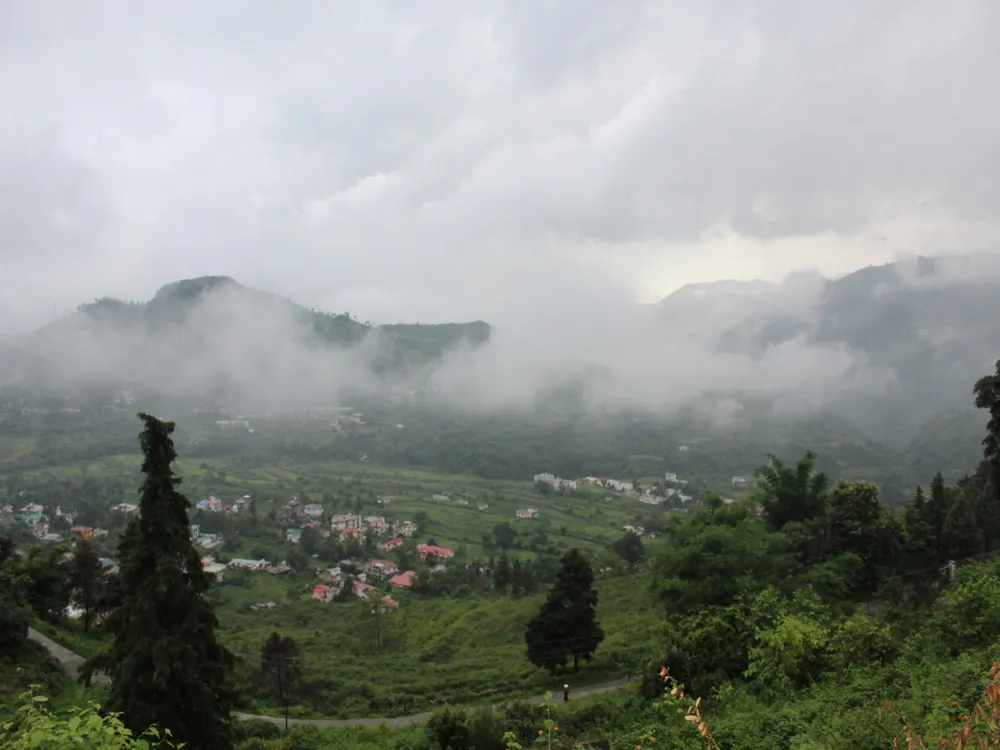Nestled in the heart of the Kumaon Hills in Uttarakhand, Hanuman Garhi stands as a remarkable testament to Hindu religious architecture and devotion. This sacred temple, dedicated to Lord Hanuman, is not just a place of worship but also a vantage point offering breathtaking views of the picturesque town of Nainital and the surrounding Himalayas. Established by the famous saint Neem Karoli Baba in 1950, Hanuman Garhi is a hub for devotees and tourists alike. The temple, situated at an altitude of 6,401 feet above sea level, is renowned for its serene ambiance and divine presence. The journey to Hanuman Garhi is as mesmerizing as the destination itself. As visitors ascend the hill, they are greeted by a series of steps leading up to the temple, each step bringing them closer to a spiritual experience. The architecture of Hanuman Garhi is a splendid example of traditional hill construction, harmoniously blending with its natural surroundings. The main deity, Lord Hanuman, is depicted in a majestic posture, evoking a sense of awe and reverence among the devotees. The temple's significance is not only limited to its religious aspects but also its role in the cultural and social fabric of Nainital. The architectural brilliance of Hanuman Garhi is a blend of simplicity and spiritual elegance. Built on a hilltop, the temple features a unique style representative of the Kumaon region. The main shrine is adorned with a beautiful statue of Lord Hanuman, showcasing him ripping his chest open to reveal Lord Rama and Goddess Sita in his heart, symbolizing his devotion and love. The outer facade of the temple is characterized by its modest yet striking features, with local stones and materials used extensively in its construction. Surrounding the main shrine are smaller temples and shrines, each dedicated to different deities from the Hindu pantheon, adding to the sanctity of Hanuman Garhi. The temple complex is designed to provide a tranquil and meditative environment for visitors, with well-maintained gardens and sitting areas. The intricate carvings and detailed artwork on the temple walls and pillars are a reflection of the skilled craftsmanship of the local artisans. As the sun sets, the temple lights up, creating a divine aura that envelops the entire area, making it a must-visit for anyone seeking spiritual solace or architectural admiration. The ideal time to visit Hanuman Garhi is from March to June and September to November. During these months, the weather is pleasant, making it conducive for exploring and enjoying the serene environment of the temple. Visitors are advised to dress modestly, keeping in mind the sanctity of the temple. It is also recommended to maintain a quiet demeanor within the temple premises to respect the religious sentiments of the devotees. Photography is allowed in the temple complex but do check for any specific restrictions in certain areas. Always be respectful of the worshippers and avoid disturbing the serene atmosphere. Basic facilities like restrooms and drinking water are available. However, it's a good idea to carry your own water bottle and essential items, as the amenities are quite basic. Engaging with local customs, such as participating in the aarti (worship ceremony), can enrich your experience. Visitors are encouraged to partake in these customs while respecting the rituals and traditions. Hanuman Garhi is easily accessible from Nainital. It's located just 3.5 km from the town center and can be reached by taxi, hired car, or even on foot for those who enjoy a brisk walk. For visitors coming from other cities, the nearest railway station is Kathgodam, approximately 34 km away. From there, taxis and buses are readily available to reach Nainital. The nearest airport is Pantnagar Airport, around 72 km from Nainital, with taxi services available to transport visitors to Hanuman Garhi. Read More:Overview of Hanuman Garhi in Nainital, Uttarakhand
Architecture of Hanuman Garhi
Tips When Visiting Hanuman Garhi
Best Time to Visit
Dress Code and Conduct
Photography Guidelines
Facilities and Amenities
Local Customs and Traditions
How To Reach Hanuman Garhi
Hanuman Garhi
Nainital
Uttarakhand
₹ 4,500 onwards
View nainital Packages
Weather :
Tags : Temple
Timings : 5:00 AM - 12:00 PM, 4:00 PM - 9:00 PM
Time Required : Less than 1 hour
Entry Fee : No entry fee
Planning a Trip? Ask Your Question
Nainital Travel Packages
View All Packages For Nainital
Top Hotel Collections for Nainital

Private Pool

Luxury Hotels

5-Star Hotels

Pet Friendly
Top Hotels Near Nainital
Other Top Ranking Places In Nainital
View All Places To Visit In nainital
View nainital Packages
Weather :
Tags : Temple
Timings : 5:00 AM - 12:00 PM, 4:00 PM - 9:00 PM
Time Required : Less than 1 hour
Entry Fee : No entry fee
Planning a Trip? Ask Your Question
Nainital Travel Packages
View All Packages For Nainital
Top Hotel Collections for Nainital

Private Pool

Luxury Hotels

5-Star Hotels

Pet Friendly







